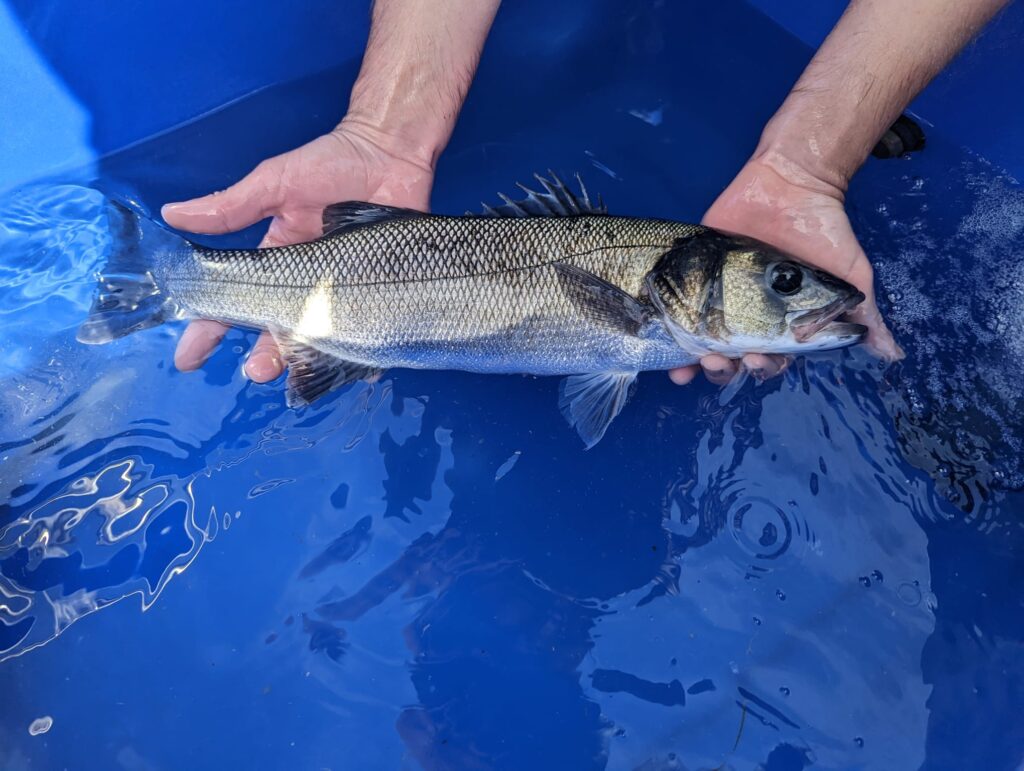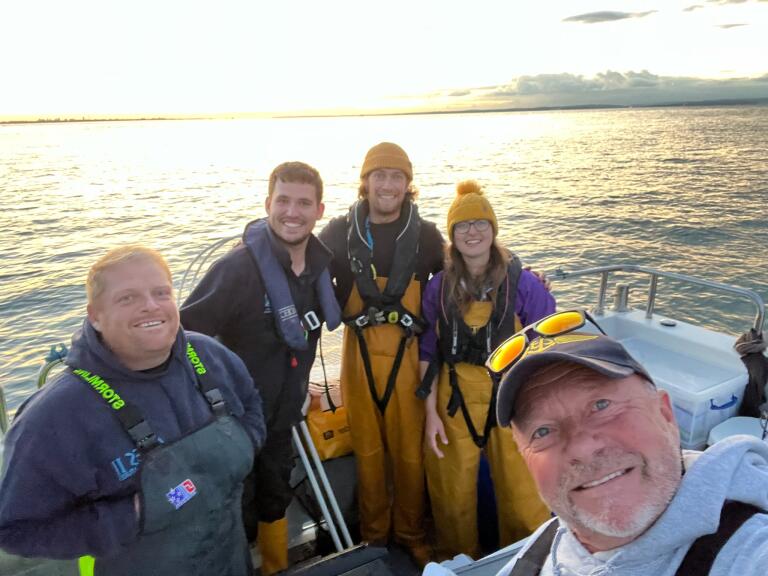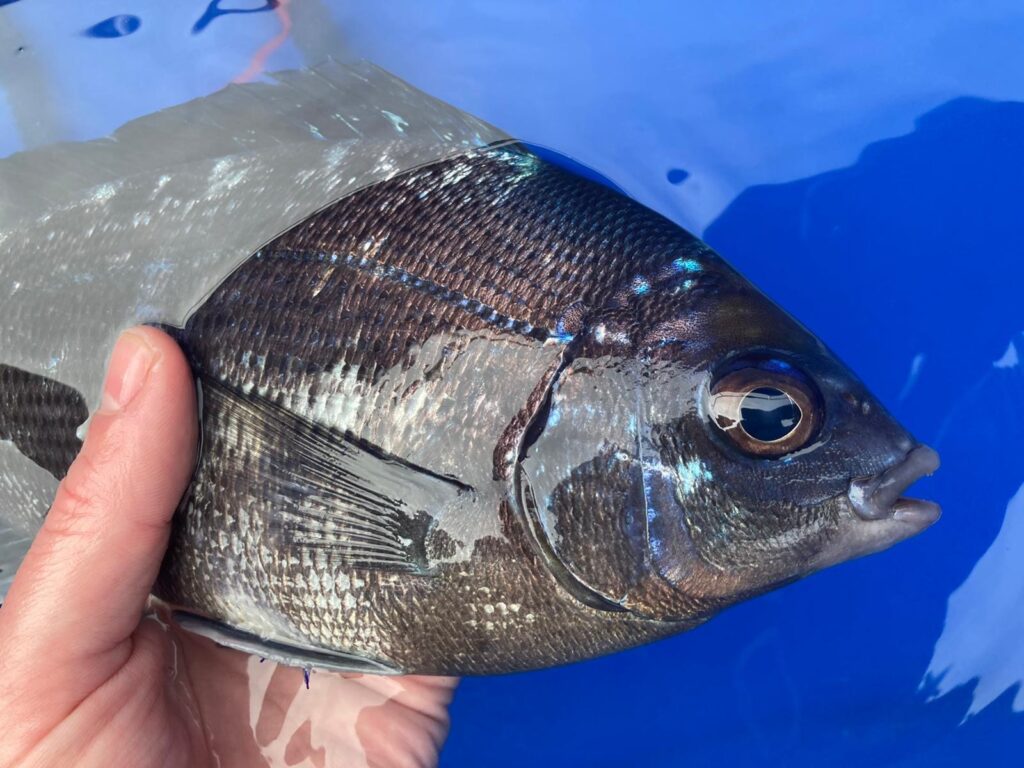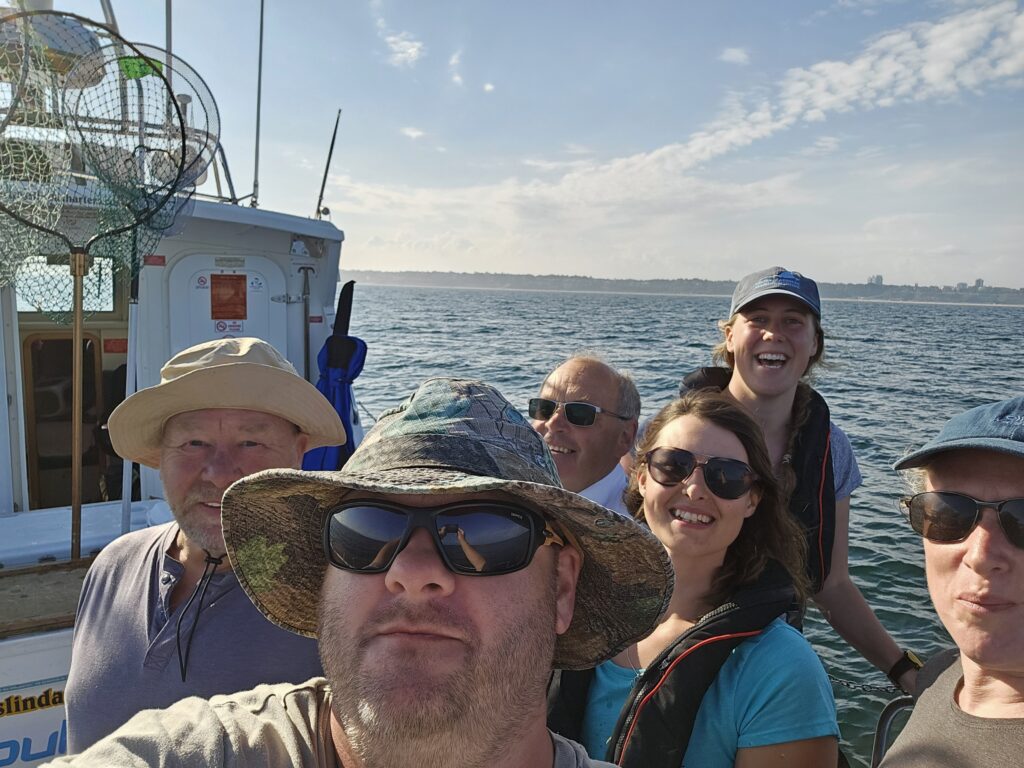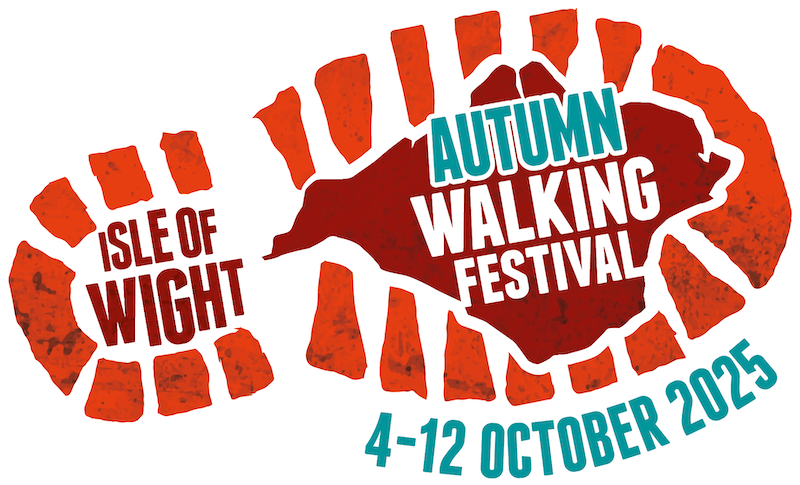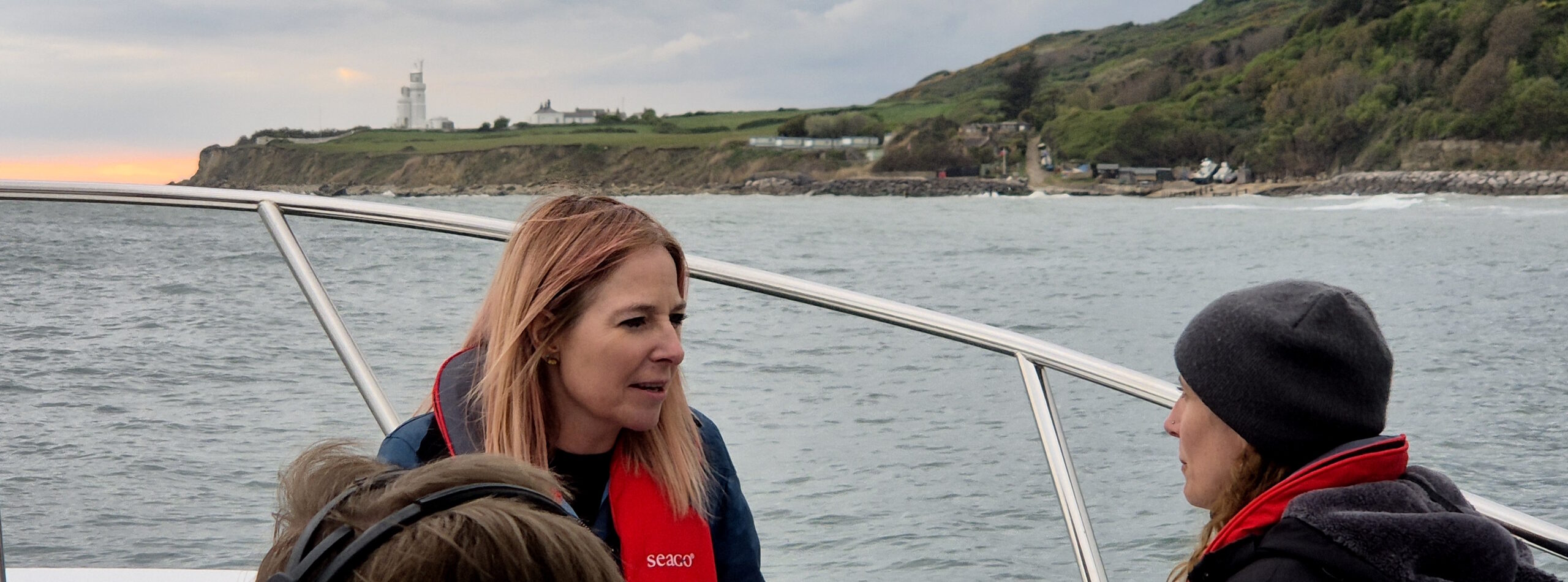A Curious Find on Castlehaven Beach: From Mystery Device to Marine Science

On a sunny July 8th, we – Steve and Jo from Restore the Story – were out for a walk along Castlehaven Beach, near Niton on the Isle of Wight. As we picked our way across the rocks and pebbles, enjoying the peaceful rhythm of the tide, something unusual caught our eye. Nestled among the rocks was a strange, cylindrical device—clearly not part of the usual coastal debris.
Curious, we took a few photographs, made note of its serial number and the company name printed on it: www.innovasea.com, and then left it where we found it.
The monitor on the beach
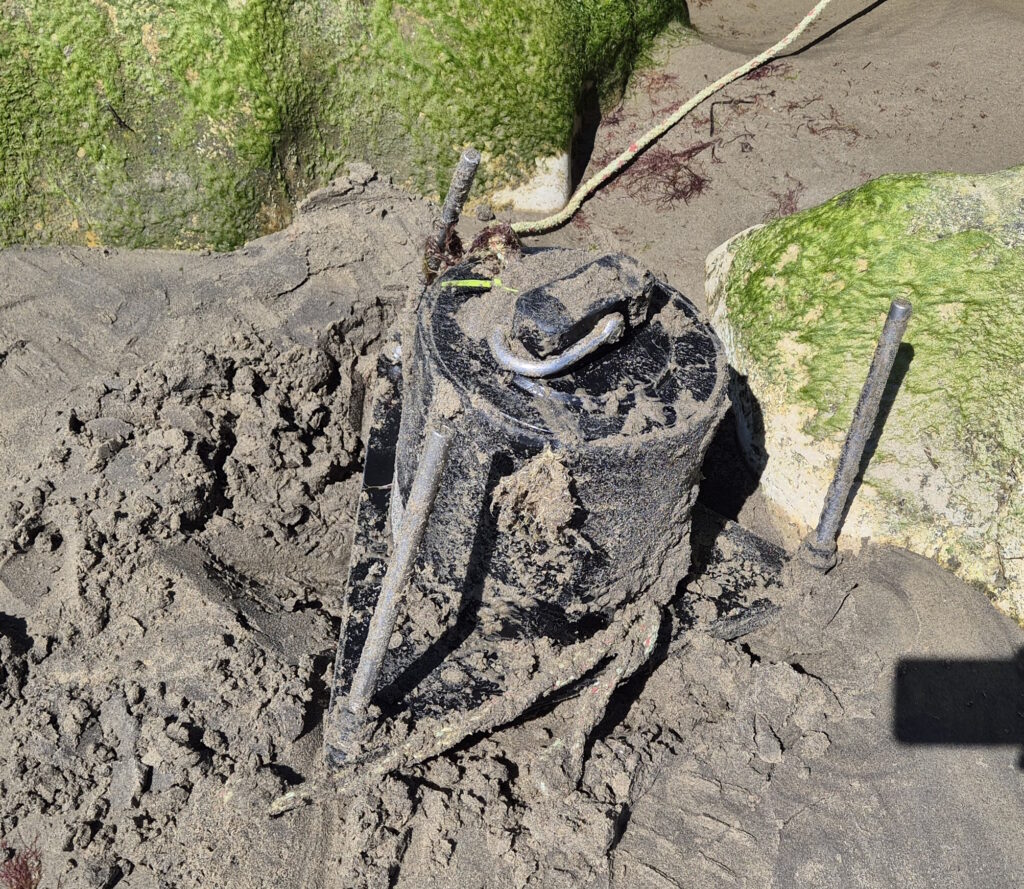
Later that day, back at home, Steve began researching. Innovasea, it turns out, is an American marine technology company specialising in aquatic monitoring systems. With the serial number in hand, Steve emailed them—and to our surprise, we received a prompt reply. Our message had been passed on to the organisation using the device, which turned out to be none other than Plymouth University.
A few days later, we were contacted directly by Dr Alice Hall, who explained that the object was a fish tracking monitor, part of a wider research effort to track tagged fish in coastal waters. This particular monitor was part of a collaborative scientific effort under projects such as FISH INTEL and Angling for Sustainability, both focused on better understanding fish behaviour, habitats, and sustainable management of marine environments.
What Is FISH INTEL?
The FISH INTEL (Fisheries Intelligence for Sustainable Harvesting) project is a collaborative initiative aiming to improve marine conservation by tracking fish species across the English Channel through acoustic telemetry. The monitors collect data from fish tagged with small transmitters, providing scientists with valuable insights into migration patterns, habitat use, and how fish respond to human activities.
Through this work, organisations like University of Plymouth and partners including the Marine Conservation Society and Angling Trust are helping to shape the future of Marine Protected Areas (MPAs) and inform data informed decisions for more sustainable coastal fisheries.
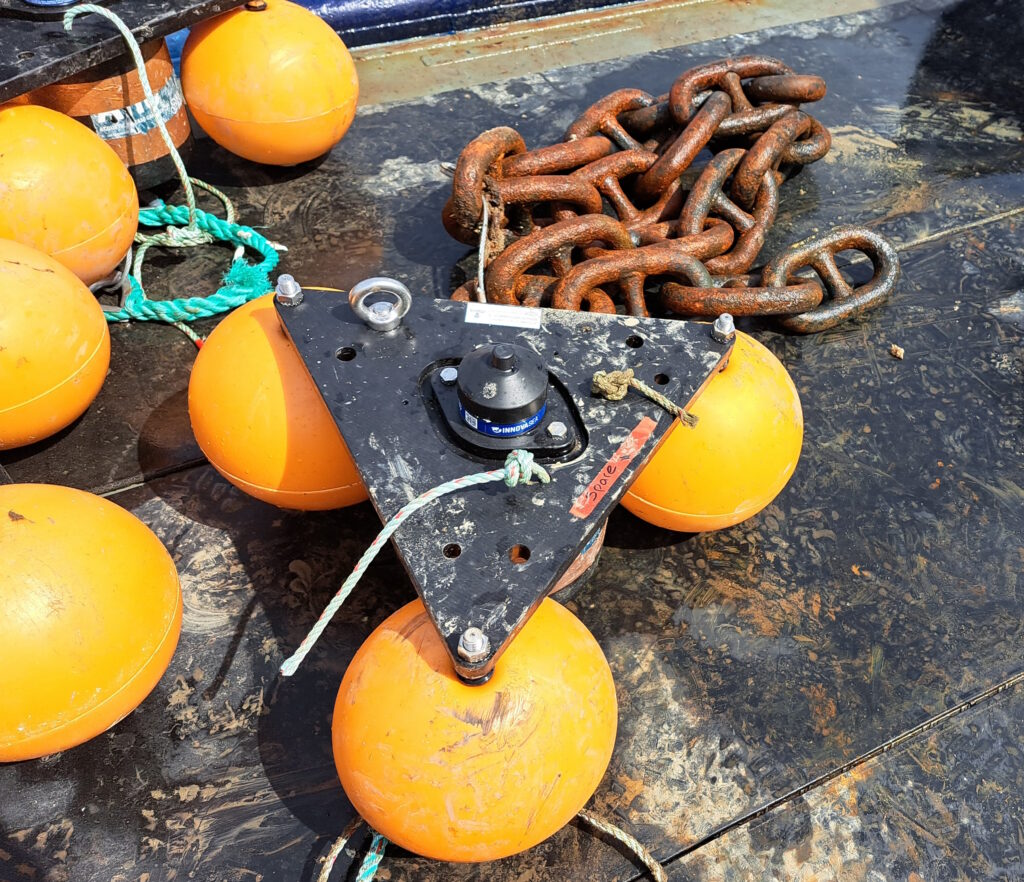
A Lost Monitor and a Hidden Surprise
Dr Hall explained that the device had likely become detached from its mooring during recent bad weather and had drifted into Castlehaven Bay. We offered to return to the beach to retrieve it, even though access isn’t exactly easy!
But when we arrived back five days later, we hit a snag: it was nowhere to be seen.
After a lot of searching—and comparing the scene with the original photos we had taken—it became clear the monitor had become completely buried in sand. Cue some determined digging! Eventually, we uncovered it and managed to carry the surprisingly heavy device back to the car.
Getting It Home
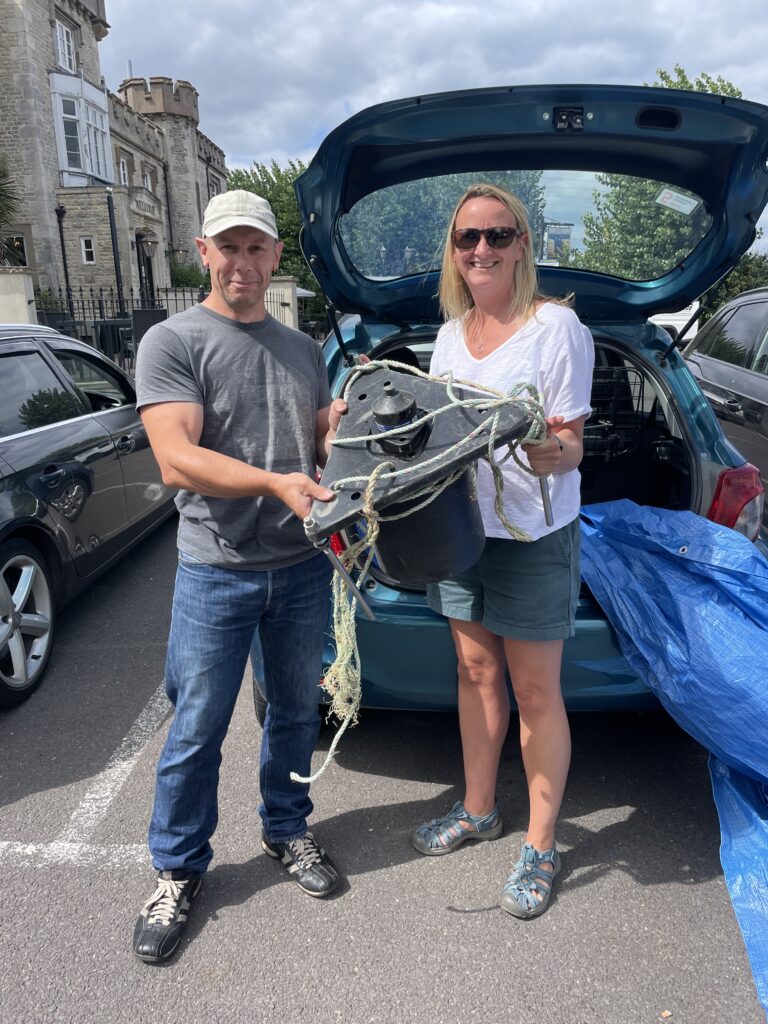
The next challenge was figuring out how to return the monitor to the university. That’s when Alice introduced us to Professor Emma Sheehan, who happened to be visiting the Isle of Wight in August. She kindly agreed to take the monitor back to the mainland with her.
On 21st August, Steve met Emma and her friend in the car park of the Ryde Castle Hotel (right), and successfully handed over the unit. From there, it made its journey back to Plymouth, where the team could begin extracting and analysing the valuable data it had gathered.
What Comes Next?
We were keen to find out what data had been recovered from the device—and we’re pleased to say the results are now in. The following findings and photos are shared below, offering a fascinating glimpse into the fish movements and marine activity captured by the monitor during its time at sea.
Among the detections were a European bass, originally tagged by Dr Peter Davies off Selsey Bill in September 2022 as part of the FISH INTEL project, and a black seabream, tagged by Dr Alice Hall at Poole Rocks in June 2023 for the Angling for Sustainability project. These detections confirm the device was actively recording and contributing to valuable research.
This unexpected discovery turned out to be a small but meaningful contribution to a much larger effort to protect and understand our marine environment. It’s a reminder that even chance encounters can play a role in supporting vital conservation work.
It’s amazing to think that a simple walk along the beach—and a bit of curiosity—ended up reconnecting valuable scientific data with the researchers behind major marine projects.
If you’re interested in learning more about these projects, we highly recommend visiting:
Until next time, happy exploring!
